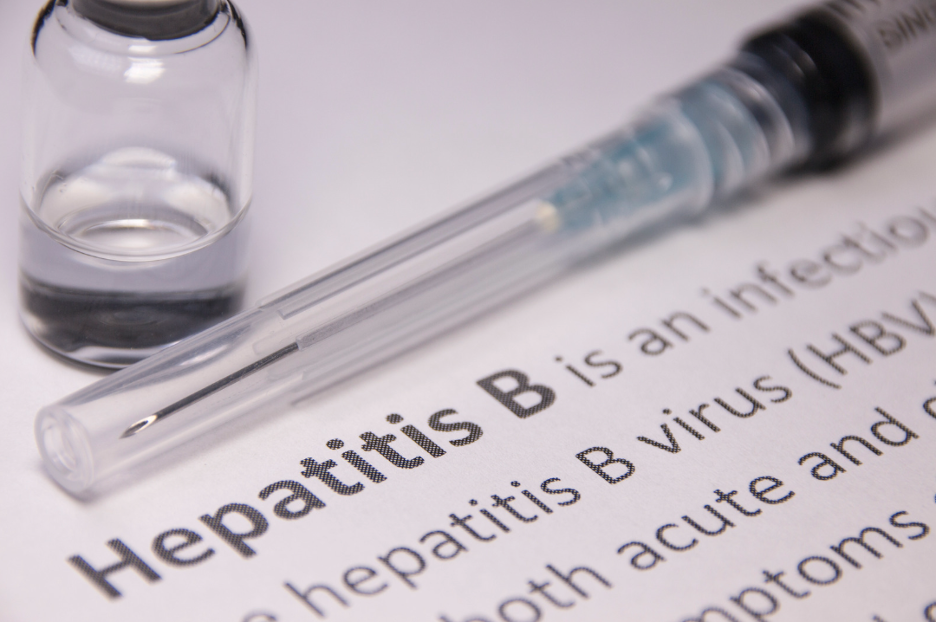Workplace violence in healthcare is a serious issue that has become increasingly worse over the past decade. The Bureau of Labor Statistics reported that injuries from violent attacks against medical professionals grew by 63% from 2011 to 2018.
The COVID-19 pandemic has also placed significant stress on the healthcare system, and the aggression against medical staff has escalated over the past two years. According to Press Ganey, more than two nurses were assaulted every hour in Q2 2022, which is a total of approximately 57 assaults per day, 1,739 assaults per month and 5,217 assaults per quarter.
The numbers are daunting. In fact, the majority of healthcare workers have experienced or been close to workplace violence. One report from Becker’s Hospital Review reported that 9 in 10 healthcare workers have seen or experienced violence in the workplace.
The consequences of violence for the entire health care system are severe. Not only does it cause physical and psychological injury, but it also makes it more difficult for nurses, doctors and other clinical staff to provide quality patient care. Medical professionals cannot provide appropriate and attentive care when they are afraid for their personal safety.
In addition, violence at healthcare facilities takes up valuable resources that can delay urgent care for other patients. Studies have shown that workplace violence reduces patient satisfaction and employee productivity and increases the potential for adverse medical events. With the healthcare workforce already suffering from stress, burnout, and lack of resources, when you couple that with the risk of violent attacks and abuse, it is no wonder so many nurses, physicians and clinicians are leaving the field in droves.
Below are some steps that healthcare organizations can take to help mitigate violence against the healthcare workforce:
- Ensure worker safety is a core value- Healthcare organizations must educate their staff and set the expectation that violence is neither expected nor acceptable. OSHA recommends that leadership encourage and train employees to report all threats and incidents of violence in the workplace.
- Implement policies and procedures– OSHA also recommends the implementation of policies and procedures for risk identification, hazard prevention and control, standard response plans and post-incident support.
- Implement training and education programs – Training is essential. Education programs should focus on warning signs, de-escalation techniques, progressive behavior control, emergency management, and communication and teamwork. Education should also reinforce that violence is not an acceptable part of healthcare work.
Experience Better Healthcare Compliance
Stay compliant with OSHA, HIPAA, and billing regulations. See how our comprehensive solutions can simplify your compliance needs and enhance your practice’s efficiency.



